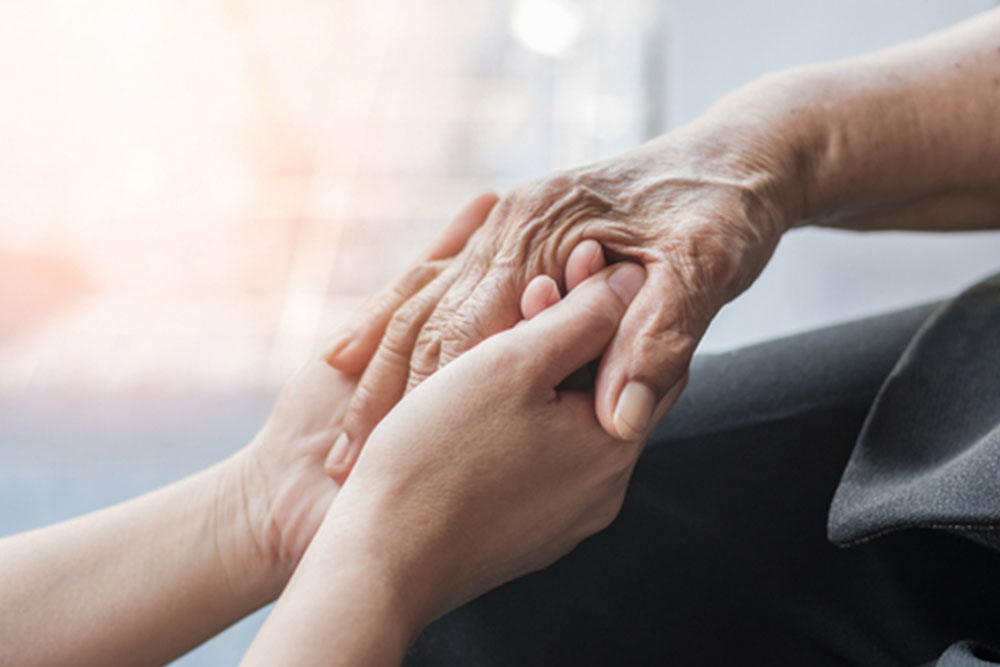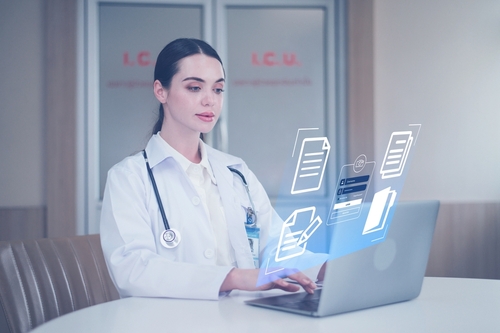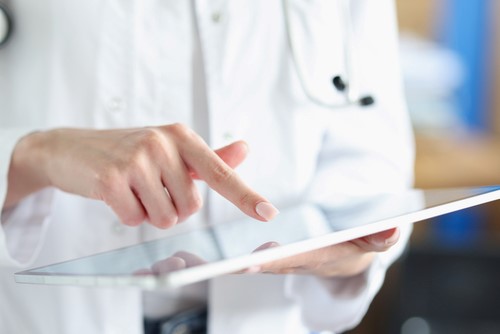Tardive Dyskinesia Impact Scale Offers Comprehensive Patient Perspective on Physical and Socioemotional Impacts

Tardive dyskinesia (TD) is a movement disorder caused by prolonged use of dopamine receptor-blocking medications, significantly affecting physical, cognitive, and psychosocial functioning.
Tardive Dyskinesia in Schizophrenia: Case Study Highlights Challenges and Treatment Strategies

Tardive dyskinesia (TD) syndromes involve abnormal involuntary movements, ranging from mild to severe, and are linked to increased mortality in schizophrenia. The incidence of TD is 5.5% with first-generation antipsychotics and 3.9% with second-generation antipsychotics, with long-term prevalence between 15% and 30%.
Understanding Drug-Induced Movement Disorders: Diagnosis, Pathophysiology, and Management

This article offers a detailed exploration of drug-induced movement disorders, which are often overlooked and underdiagnosed in clinical settings due to various factors such as genetics, environment, and aging. Commonly used classification systems like the Diagnostic and Statistical Manual of Mental Disorders and International Statistical Classification of Diseases and Related Health Problems help categorize these disorders, covering a wide range including myoclonus, drug-induced parkinsonism, and tardive dyskinesias, with antiseizure medications and antipsychotics as primary culprits.
RE-KINECT Study Shows the Extensive Impact of Tardive Dyskinesia on Patients and Caregivers

Researchers investigated the pathophysiology and etiology of tardive dyskinesia (TD). The study found that TD was seen in patients on long-term dopaminergic antagonist drugs. Individuals with conditions like schizophrenia, schizoaffective disorder, and bipolar disorder are more prone to TD, especially after long-term antipsychotic use; however, even those with disorders such as fetal alcohol syndrome can develop TD after a single dose of certain agents.
Researchers concluded that TD should be differentiated from other movement disorders induced by dopamine antagonists, that the risk for TD increases in females, older patients, and those with prolonged exposure to potent dopamine antagonists, and some patients might experience withdrawal dyskinesias when they stop taking dopamine antagonists, which are often resistant to treatment.
New Insights into Tardive Dyskinesia: Pathophysiology, Treatment Recommendations, and Focus on Prevention

Researchers of a study looked at the current knowledge regarding the pathophysiology of tardive dyskinesia (TD) to provide recommendations for prevention and treatment based on a literature search and a roundtable discussion with psychiatrists in Japan.
Most guidelines recommend managing TD by reducing antipsychotic doses, switching to clozapine or other second-generation antipsychotics with a lower association with TD, as well as focusing on prevention and monitoring when prescribing antipsychotics. TD is often irreversible, emphasizing the importance of cautious antipsychotic use at the lowest effective dose and frequent monitoring for TD symptoms. Another promising option is the use of vesicular monoamine transporter 2 (VMAT-2) inhibitors, which interfere with dopamine uptake and storage, counteracting the increased dopaminergic activity associated with prolonged antipsychotic use.
Addressing Prevalence of Tardive Dyskinesia in Long-Term Care Residents: Strategies for Improved Quality of Life and Effective Treatment

This course is designed for long-term care clinicians, including medical directors, physicians, nurse practitioners, physician associates, pharmacists, and psychiatrists, as well as other health professionals caring for older adults.
Impact of Genetic Factors in Tardive Dyskinesia

In a review, authors worked to summarize studies that have been completed in animal model experiments and clinical studies that are concentrated on genetic variations and their impact on the incidence of tardive dyskinesia (TD). The authors note that, in addition to the importance of drug- and dose-related factors in the development of TD, individual susceptibility and genetic predisposition are also crucial components to consider. Through their review, eight genes were recognized from preclinical findings that achieved considerable significance in one study or more.
Educational Activity on Tardive Dyskinesia

This educational material contains information surrounding the pathophysiology of tardive dyskinesia (TD). Through reading the material below, the goal of the paper is to have readers be able to summarize strategies in TD as well as recap ways to educate others on frequent etiologies of TD. This article aims to have its readers be able to recognize what to do in order to prevent TD from developing in addition to halting the progression of TD if the development has already begun.
Researchers Evaluate the Physical, Psychological, and Social Burden of TD

In a poster presented at Psych Congress 2021 in San Antonio, Texas, researchers looked to evaluate the impact that tardive dyskinesia (TD) has on both patients and caregivers socially, physically, and psychologically. Through targeted literature and interviews with patients, clinicians, and caregivers, surveys were created to evaluate both experiences and concerns of patients. Approximately 75% of patients with TD who were surveyed and 82% of caregivers who were surveyed reported a severe impact on patients among all domains. Speaking, sleeping, and eating were the greatest physical impacts of TD that were reported by patients. The below article dives deeper into the results of this study, also stating the impact that TD has on underlying conditions based on the survey results.

